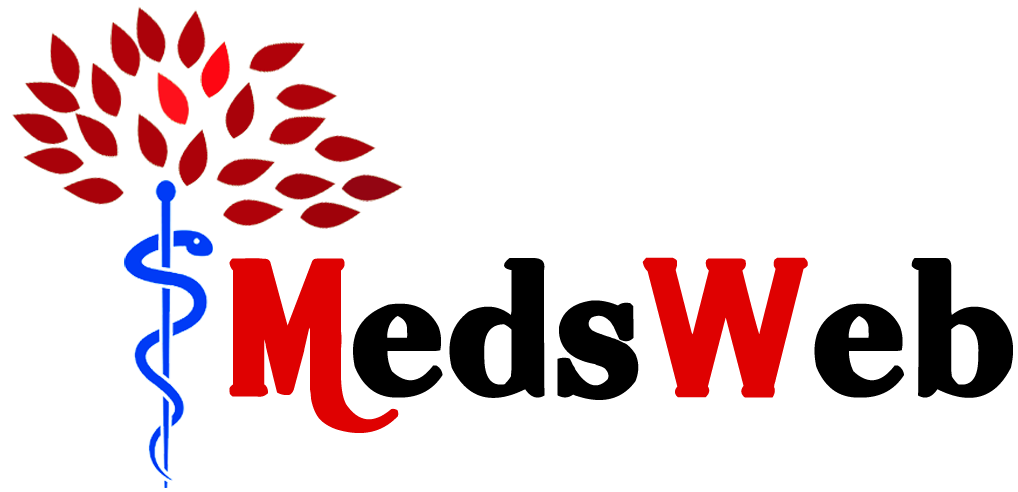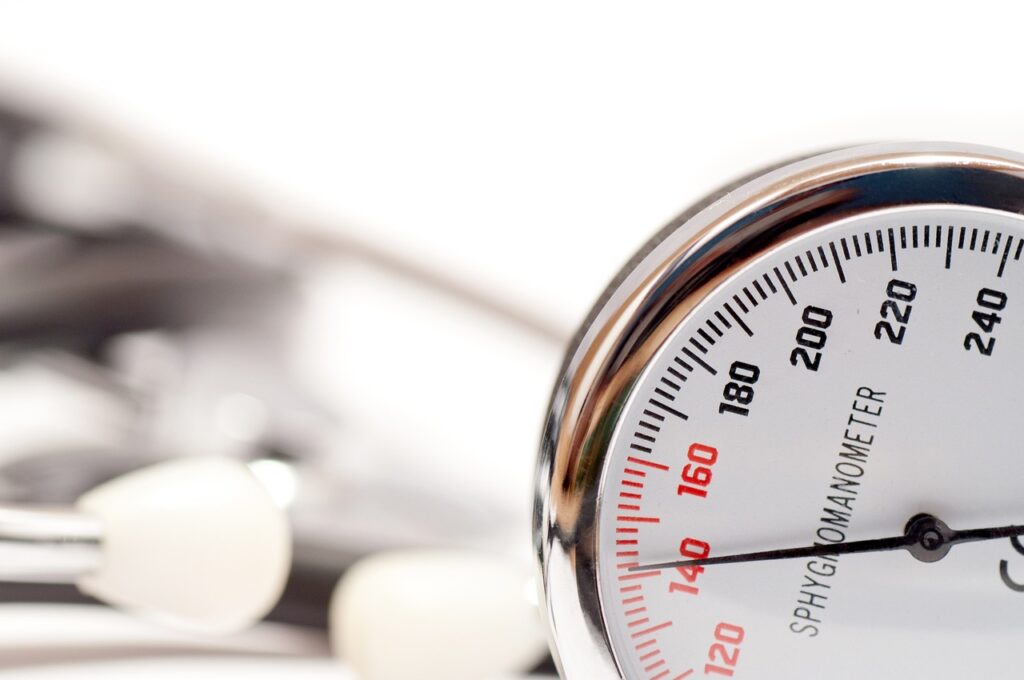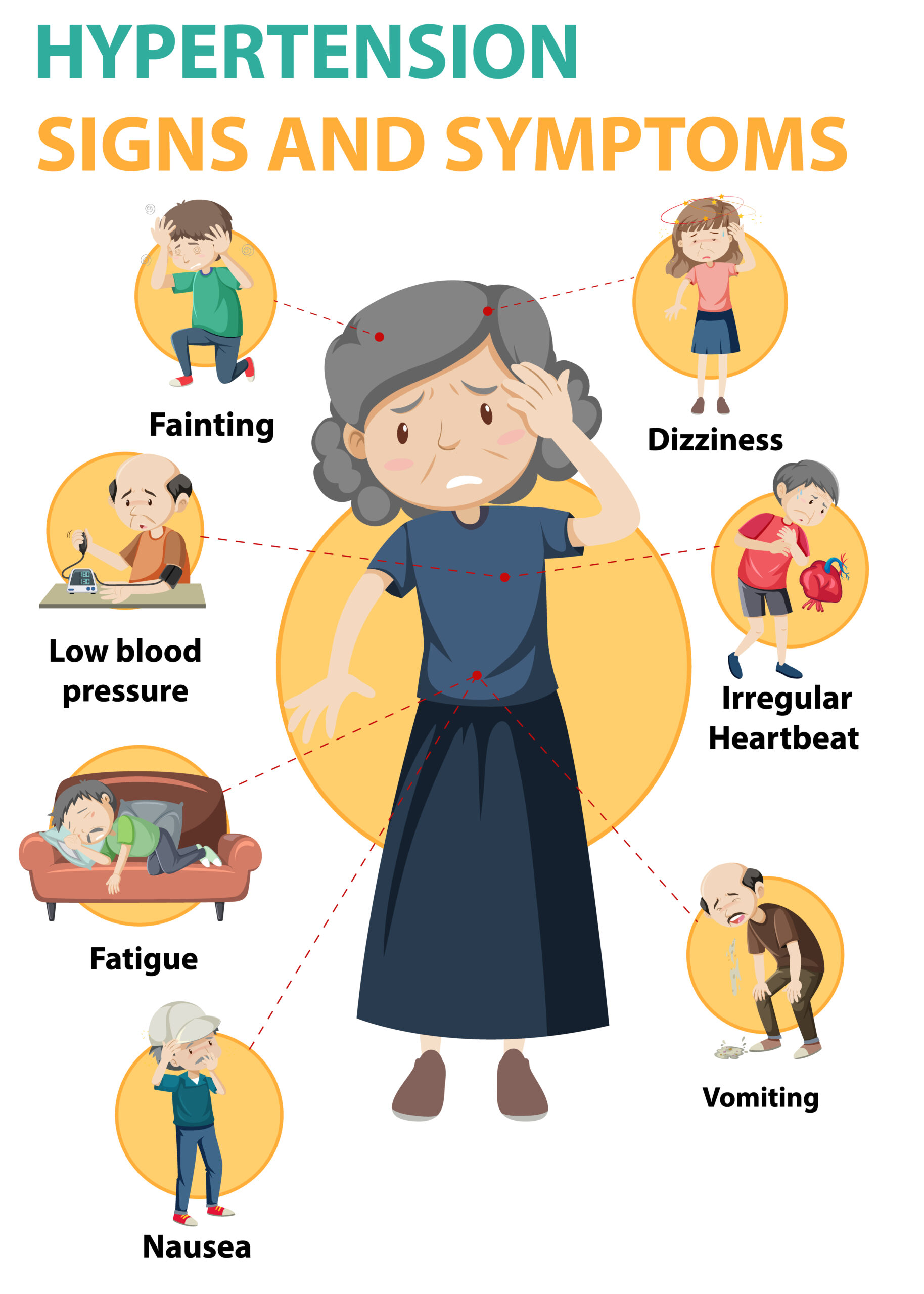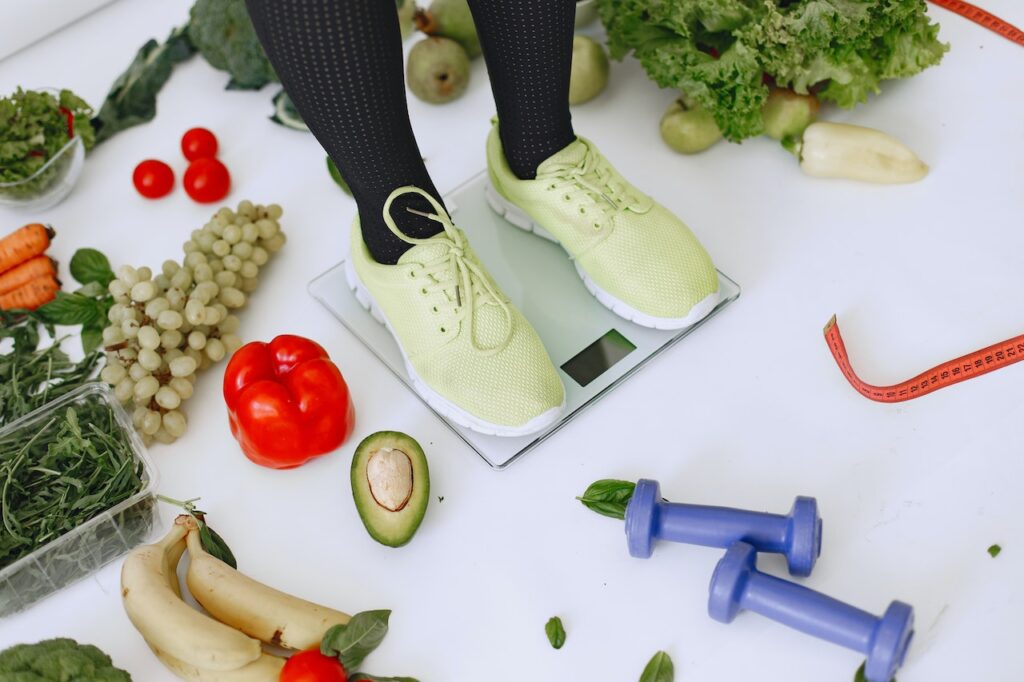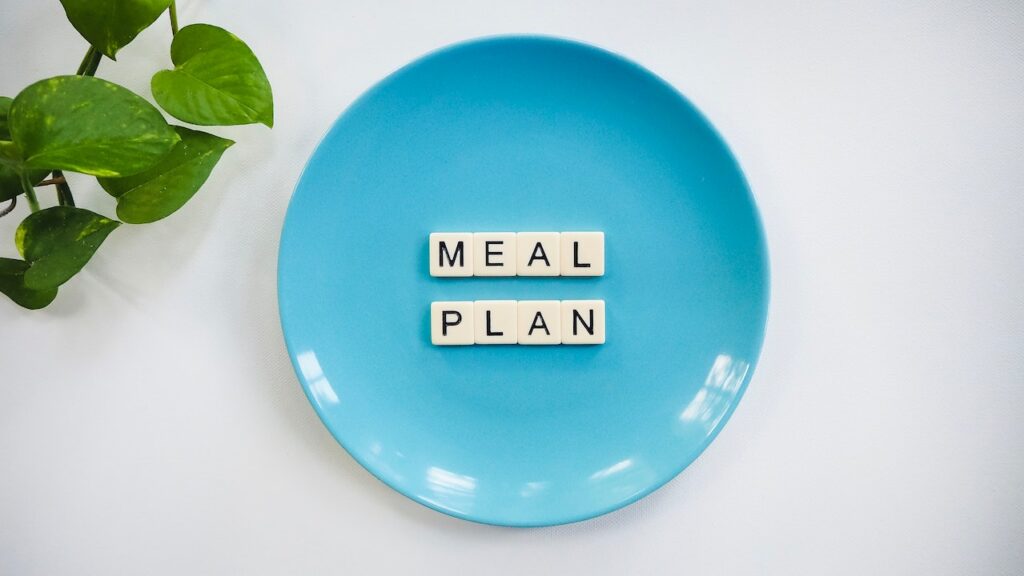What is High Blood Pressure?
High blood pressure, also known as hypertension, is a condition where the force of blood against the walls of your arteries is consistently elevated. This increased pressure can lead to a variety of health problems, including heart disease, stroke, and kidney damage. Blood pressure is measured in millimeters of mercury (mm Hg) and is recorded with two numbers: systolic pressure (the pressure when the heart beats) over diastolic pressure (the pressure when the heart rests between beats). A normal blood pressure reading is generally around 120/80 mm Hg.
Why is it Important to Manage High Blood Pressure?
Managing high blood pressure is critical because prolonged hypertension can silently damage your body for years before symptoms develop. Without control, high blood pressure can lead to serious health risks such as:
- Heart Attack and Stroke: High blood pressure can cause the arteries to harden and thicken (atherosclerosis), leading to heart attack or stroke.
- Aneurysm: Increased blood pressure can cause blood vessels to weaken and bulge, forming an aneurysm. If an aneurysm ruptures, it can be life-threatening.
- Heart Failure: The heart has to work harder to pump blood against the higher pressure in your vessels, which can lead to heart failure.
- Kidney Disease: Hypertension can damage the blood vessels in your kidneys, reducing their ability to filter waste from the blood.
- Vision Loss: High blood pressure can damage the blood vessels in the eyes, leading to vision problems or blindness.
Overview of the Article
In this article, we’ll explore both immediate actions to take when you notice your blood pressure is high, and long-term strategies to keep it under control. We’ll also provide expert insights, discuss emerging trends in blood pressure management, and answer frequently asked questions. By the end of this article, you’ll have a comprehensive understanding of how to manage your blood pressure effectively.
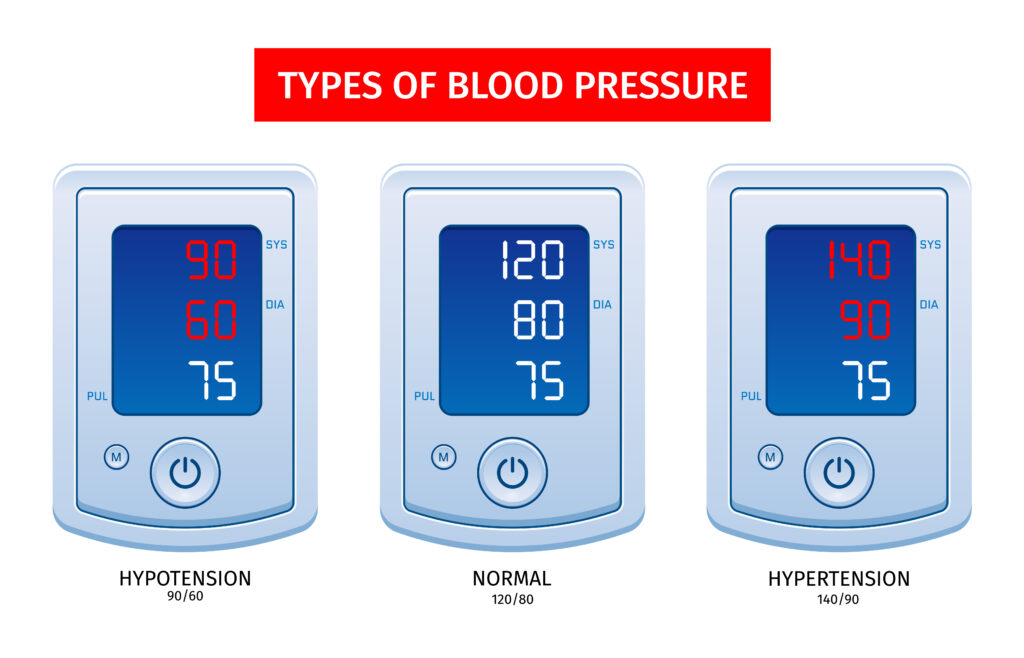
Understanding High Blood Pressure
What Causes High Blood Pressure?
High blood pressure can be caused by various factors, often interacting with one another. Some common causes include:
- Genetics: A family history of hypertension increases your risk.
- Unhealthy Diet: Diets high in salt, fat, and cholesterol can contribute to high blood pressure.
- Lack of Physical Activity: A sedentary lifestyle can lead to weight gain and increased blood pressure.
- Obesity: Excess weight increases the workload on your heart, leading to higher blood pressure.
- Stress: Chronic stress can lead to temporary spikes in blood pressure, which may contribute to long-term hypertension.
- Excessive Alcohol Consumption: Drinking too much alcohol can raise blood pressure and contribute to weight gain.
- Tobacco Use: Smoking or chewing tobacco immediately raises blood pressure and damages the lining of your arteries.
- Secondary Causes: Conditions like kidney disease, thyroid disorders, or sleep apnea can also cause high blood pressure.
Types of High Blood Pressure
There are two main types of high blood pressure, each with its own characteristics and management strategies:
- Primary (Essential) Hypertension: This is the most common type, accounting for about 90-95% of all cases. It develops gradually over time due to a combination of factors such as genetics, poor diet, and lack of exercise. Primary hypertension typically requires lifelong management through lifestyle changes and possibly medication.
- Secondary Hypertension: This type is less common and results from an underlying condition, such as kidney disease, adrenal gland tumors, or certain medications (e.g., birth control pills, decongestants). Secondary hypertension often appears suddenly and can be more severe than primary hypertension. Treatment involves addressing the underlying condition, which may bring blood pressure back to normal.
Symptoms of High Blood Pressure
High blood pressure is often called the “silent killer” because it typically doesn’t cause symptoms until significant damage has occurred. However, when symptoms do appear, they can include:
- Headaches: Particularly, severe headaches that are often more intense than usual.
- Shortness of Breath: This can occur due to the heart having to work harder to pump blood.
- Nosebleeds: Unexplained nosebleeds can be a sign of extremely high blood pressure.
- Dizziness: Feeling lightheaded or faint can indicate dangerously high blood pressure levels.
- Blurred Vision: High blood pressure can affect the blood vessels in the eyes, leading to vision problems.
- Chest Pain: This can be a sign of a heart attack and should be treated as a medical emergency.
Because these symptoms can be indicative of a hypertensive crisis or other serious conditions, it is vital to monitor your blood pressure regularly and seek medical advice if you experience any of these symptoms.
Immediate Actions to Take
Sit Down and Stay Calm
When you notice that your blood pressure is elevated, it’s essential to sit down and try to calm yourself. High blood pressure can be exacerbated by stress and anxiety, so the first step is to relax. Find a quiet place to sit, close your eyes, and take slow, deep breaths. This simple action helps slow your heart rate and reduce the intensity of your body’s “fight or flight” response, which can help lower your blood pressure.
Deep Breathing Exercises
Deep breathing exercises are a powerful tool to help reduce blood pressure quickly. These exercises work by promoting relaxation and reducing the stress hormone levels in your body. Here’s a simple method you can try:
- Sit Comfortably: Find a quiet place where you can sit comfortably with your back straight and your feet flat on the ground.
- Inhale Slowly: Close your eyes, take a slow, deep breath in through your nose for a count of four.
- Hold Your Breath: Hold your breath for a count of four.
- Exhale Slowly: Slowly exhale through your mouth for a count of six.
- Repeat: Continue this cycle for five to ten minutes, focusing on your breath and letting go of any stressful thoughts.
Deep breathing can have an immediate calming effect and can lower your blood pressure by reducing the body’s overall stress level.
Monitor Your Blood Pressure

If you have a home blood pressure monitor, it’s important to use it when you suspect your blood pressure is high. Here’s how to do it correctly:
- Prepare Yourself: Avoid eating, drinking caffeine, smoking, or exercising at least 30 minutes before measuring your blood pressure.
- Sit Properly: Sit with your back straight and supported, feet flat on the floor, and arm supported at heart level.
- Apply the Cuff: Place the blood pressure cuff on your upper arm, ensuring it’s snug but not too tight.
- Take Multiple Readings: Measure your blood pressure two or three times, with a minute in between readings, to get an accurate average.
If your readings consistently show a systolic pressure of 180 mm Hg or higher, or a diastolic pressure of 120 mm Hg or higher, seek emergency medical attention, as this could indicate a hypertensive crisis.
Long-term Strategies
Diet and Nutrition for Blood Pressure Management
Your diet plays a crucial role in managing high blood pressure. The Dietary Approaches to Stop Hypertension (DASH) diet is particularly effective. It emphasizes:
- Fruits and Vegetables: Aim for at least 4-5 servings each of fruits and vegetables per day. These foods are high in potassium, which helps balance the amount of sodium in your cells.
- Whole Grains: Include whole grains like brown rice, oats, and whole wheat bread, which are rich in fiber and help regulate blood pressure.
- Lean Proteins: Opt for lean proteins such as fish, poultry, beans, and nuts. Fish high in omega-3 fatty acids, like salmon, can be particularly beneficial.
- Low-Fat Dairy: Choose low-fat or fat-free dairy products to reduce saturated fat intake.
- Limit Sodium: Reduce your sodium intake to no more than 1,500 mg per day. Avoid adding extra salt to your meals, and be mindful of the high sodium content in processed foods.
- Reduce Saturated and Trans Fats: Cut back on foods high in saturated fats, such as fatty meats and full-fat dairy products, as well as trans fats found in some processed foods.
Exercise and Physical Activity
Regular physical activity is one of the most effective ways to manage high blood pressure. Exercise helps strengthen your heart, enabling it to pump blood more efficiently. Here are some recommendations:
- Aerobic Exercise: Aim for at least 150 minutes of moderate-intensity aerobic exercise per week. This includes activities like brisk walking, cycling, swimming, or jogging.
- Strength Training: Include strength training exercises at least two days a week. This can involve lifting weights, using resistance bands, or body-weight exercises like push-ups and squats.
- Flexibility and Balance Exercises: Yoga and stretching can improve flexibility, reduce stress, and contribute to overall cardiovascular health.
- Consistency is Key: It’s important to be consistent with your exercise routine. Even if you start slowly, gradually increasing your activity level can lead to significant improvements in blood pressure.
Medication and Medical Management
For some people, lifestyle changes alone may not be enough to control high blood pressure, and medication may be necessary. Several types of medications are available, and your doctor will choose the one that’s best for you based on your overall health, age, and specific needs. Common types of blood pressure medications include:
- Diuretics: These help your kidneys remove sodium and water from your body, which helps lower blood pressure.
- ACE Inhibitors: These drugs help relax blood vessels by blocking the formation of a natural chemical that narrows blood vessels.
- Angiotensin II Receptor Blockers (ARBs): These work similarly to ACE inhibitors but target a different part of the pathway.
- Calcium Channel Blockers: These prevent calcium from entering the cells of your heart and blood vessels, helping them relax.
- Beta-Blockers: These reduce your heart rate and the force of the heartbeat, which lowers blood pressure.
It’s crucial to take your medications as prescribed and to communicate with your healthcare provider about any side effects or concerns. Regular check-ups are important to monitor your blood pressure and adjust medications as needed.
Stress Reduction Techniques
Chronic stress can contribute to high blood pressure, so learning how to manage stress is an essential part of controlling hypertension. Here are some effective stress reduction techniques:
- Mindfulness and Meditation: Practicing mindfulness can help you stay focused on the present and reduce anxiety. Meditation, particularly techniques like deep breathing or guided imagery, can lower blood pressure by calming the nervous system.
- Progressive Muscle Relaxation: This involves tensing and then slowly releasing each muscle group in your body, starting from your toes and moving up to your head. This technique can help reduce physical tension and promote relaxation.
- Time Management: Poor time management can increase stress levels. Prioritizing tasks, setting realistic goals, and taking breaks can help manage your workload and reduce stress.
- Social Support: Connecting with friends and family, or joining a support group, can provide emotional support and help you manage stress more effectively.
- Physical Activity: Exercise is not only good for your heart, but it also releases endorphins, which are natural stress relievers.
Limiting Alcohol and Tobacco Use
Both alcohol and tobacco can raise blood pressure, so limiting their use is crucial:
- Alcohol: If you drink alcohol, do so in moderation. This means up to one drink a day for women and up to two drinks a day for men. Drinking more than this can raise your blood pressure and reduce the effectiveness of blood pressure medications.
- Tobacco: Smoking or chewing tobacco raises blood pressure and contributes to the buildup of plaque in your arteries. Quitting smoking is one of the best things you can do for your heart and overall health. Your doctor can provide resources and support to help you quit.
Monitoring and Managing Blood Pressure
How to Properly Measure Blood Pressure at Home
Measuring your blood pressure at home is a convenient way to monitor your condition and ensure your treatment plan is working. Here’s a step-by-step guide:
- Choose the Right Equipment: Use an automatic, cuff-style, upper-arm monitor. Wrist or finger monitors are not as reliable.
- Preparation: Avoid caffeine, exercise, and smoking at least 30 minutes before taking a reading. Also, empty your bladder to avoid any pressure on your abdomen.
- Correct Posture: Sit quietly for five minutes before measuring. Sit with your back supported, feet flat on the floor, and your arm supported at heart level. The cuff should be placed directly on your bare skin, not over clothing.
- Taking the Reading: Follow the instructions on your monitor. Take two or three readings one minute apart and record the average. Measure your blood pressure at the same time every day to ensure consistency.
- Record Your Results: Keep a log of your readings to share with your healthcare provider. Note the time of day, your activity level, and any symptoms you might be experiencing.
Keeping a Blood Pressure Log
Maintaining a blood pressure log is an effective way to track your progress and understand how different activities, foods, and medications affect your blood pressure. Here’s how to keep a useful log:
- Daily Entries: Record your blood pressure readings daily, ideally at the same time each day.
- Contextual Information: Note any activities, stressors, or dietary choices that might have influenced your blood pressure at the time of measurement.
- Symptom Tracking: If you experience symptoms such as headaches, dizziness, or chest pain, note these in your log.
- Share with Your Doctor: Bring your log to your doctor’s appointments. This information can help your healthcare provider make informed decisions about your treatment plan.
Recognizing When to Seek Medical Help
Knowing when to seek medical help is crucial in managing high blood pressure effectively. Here are signs that indicate you should contact your healthcare provider or seek emergency care:
- Hypertensive Crisis: If your blood pressure reading is 180/120 mm Hg or higher and you have no other symptoms, wait five minutes and take it again. If it remains high, call your doctor immediately. If you have symptoms such as chest pain, shortness of breath, back pain, numbness/weakness, change in vision, or difficulty speaking, seek emergency medical care immediately.
- Persistent High Readings: If your blood pressure readings are consistently higher than normal over several days, even if not at crisis levels, contact your healthcare provider to adjust your treatment plan.
- Medication Side Effects: If you experience side effects from your blood pressure medication, such as dizziness, fatigue, or other unusual symptoms, speak with your doctor. They may need to adjust your dosage or change your medication.
Expert Insights
Quotes from Cardiologists on Managing High Blood Pressure
Expert opinions can provide valuable insights into the importance of managing high blood pressure. Dr. Jane Smith, a leading cardiologist, emphasizes, “High blood pressure is a chronic condition that requires a proactive approach. Combining lifestyle changes with the right medication can help patients achieve long-term success in managing their blood pressure. It’s important to understand that while medication can control blood pressure, it doesn’t cure the underlying condition, so lifestyle modifications are essential.”
Dr. Robert Brown, another cardiologist, adds, “Regular monitoring and early intervention are key. The earlier we detect and manage high blood pressure, the better the outcomes. Patients need to be engaged in their own care, tracking their blood pressure at home and making necessary lifestyle adjustments.”
Case Study: Successful Blood Pressure Management through Lifestyle Changes
John, a 45-year-old man, was diagnosed with high blood pressure at 150/95 mm Hg. Concerned about the long-term effects of hypertension, John decided to take a proactive approach to manage his condition through lifestyle changes. Here’s how he succeeded:
- Diet: John adopted the DASH diet, focusing on fruits, vegetables, whole grains, and lean proteins. He cut back on salt, processed foods, and sugary drinks. Within a few months, he noticed significant improvements in his energy levels and overall health.
- Exercise: John committed to a regular exercise routine, starting with 30 minutes of brisk walking each day. He gradually increased his activity level, adding strength training and cycling. Exercise helped him lose weight, improve his cardiovascular health, and lower his blood pressure.
- Stress Management: Understanding the role of stress in high blood pressure, John began practicing mindfulness meditation and deep breathing exercises daily. These techniques helped him manage stress more effectively and contributed to his overall well-being.
- Results: After six months of consistent effort, John’s blood pressure dropped to a healthy 120/80 mm Hg. He was able to avoid medication and maintain his blood pressure through continued lifestyle changes.
This case study highlights the power of lifestyle changes in managing high blood pressure and improving overall health.
Future Outlook and Emerging Trends
New Developments in Blood Pressure Treatment
The future of blood pressure management looks promising with ongoing research and technological advancements. Some of the emerging trends include:
- Innovative Medications: Researchers are developing new classes of drugs that target different pathways involved in blood pressure regulation. These medications may offer more effective and personalized treatment options with fewer side effects.
- Gene Therapy: Scientists are exploring the potential of gene therapy to treat hypertension. By targeting specific genes involved in blood pressure regulation, gene therapy could offer a long-term solution for patients with difficult-to-control hypertension.
- Non-Pharmacological Treatments: Advances in non-drug treatments, such as renal denervation (a procedure that targets nerves in the kidneys to lower blood pressure) and biofeedback techniques, are showing promise in clinical trials.
The Role of Technology in Monitoring Blood Pressure
Technology is revolutionizing how we monitor and manage blood pressure. Here are some of the latest developments:
- Wearable Devices: Wearable technology, such as smartwatches and fitness trackers, now includes features that allow users to monitor their blood pressure in real-time. These devices provide continuous data, enabling users to detect trends and make informed decisions about their health.
- Remote Monitoring: Telemedicine and remote monitoring tools allow healthcare providers to track patients’ blood pressure from a distance. Patients can upload their readings to a secure platform, where doctors can review the data and provide feedback or adjust treatment plans as needed.
- Mobile Apps: Numerous mobile apps are available that help users track their blood pressure, set reminders for medication, and offer tips for managing hypertension. These apps often integrate with wearable devices, providing a comprehensive approach to blood pressure management.
Conclusion
Summary of Key Points
High blood pressure is a serious but manageable condition. By understanding the causes and symptoms, taking immediate action when your blood pressure is high, and adopting long-term lifestyle changes, you can effectively control your blood pressure and reduce the risk of complications. Regular monitoring, staying informed about new treatment options, and seeking professional medical advice are all crucial components of a successful blood pressure management plan.
Final Thoughts and Call to Action
Managing high blood pressure is a lifelong commitment that requires dedication and consistency. However, with the right strategies, you can live a healthy and fulfilling life. Start by making small, sustainable changes to your diet and exercise routine, monitor your blood pressure regularly, and consult with your healthcare provider for personalized advice. Take charge of your health today—your future self will thank you.
FAQs
To manage high blood pressure, avoid foods high in sodium, such as processed meats, canned soups, and salty snacks. Limit your intake of saturated fats found in fatty meats and full-fat dairy products. Also, reduce consumption of sugary drinks and alcohol.
Yes, chronic stress can lead to temporary spikes in blood pressure and contribute to long-term hypertension. Managing stress through techniques like deep breathing, meditation, and regular physical activity can help lower your blood pressure.
It’s recommended to check your blood pressure at least once a day, preferably at the same time each day. If you have recently started a new medication or made significant lifestyle changes, you may need to monitor it more frequently.
Yes, many people can lower their blood pressure naturally through lifestyle changes such as a healthy diet, regular exercise, stress management, and limiting alcohol and tobacco use. However, some individuals may still need medication depending on their specific condition and risk factors.
Seek emergency medical attention if your blood pressure is 180/120 mm Hg or higher and you experience symptoms like chest pain, shortness of breath, back pain, numbness/weakness, change in vision, or difficulty speaking. This could indicate a hypertensive crisis, which requires immediate medical care.
